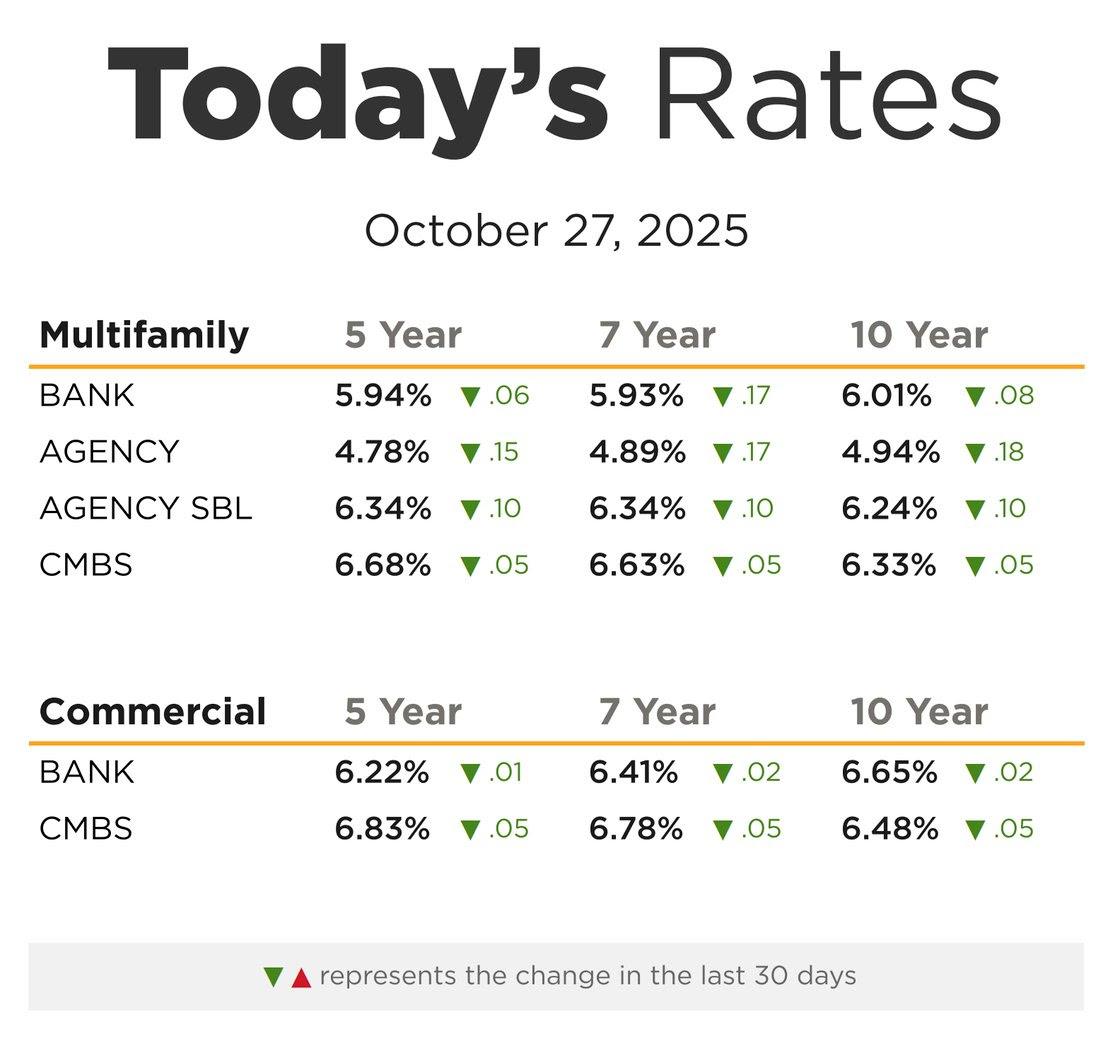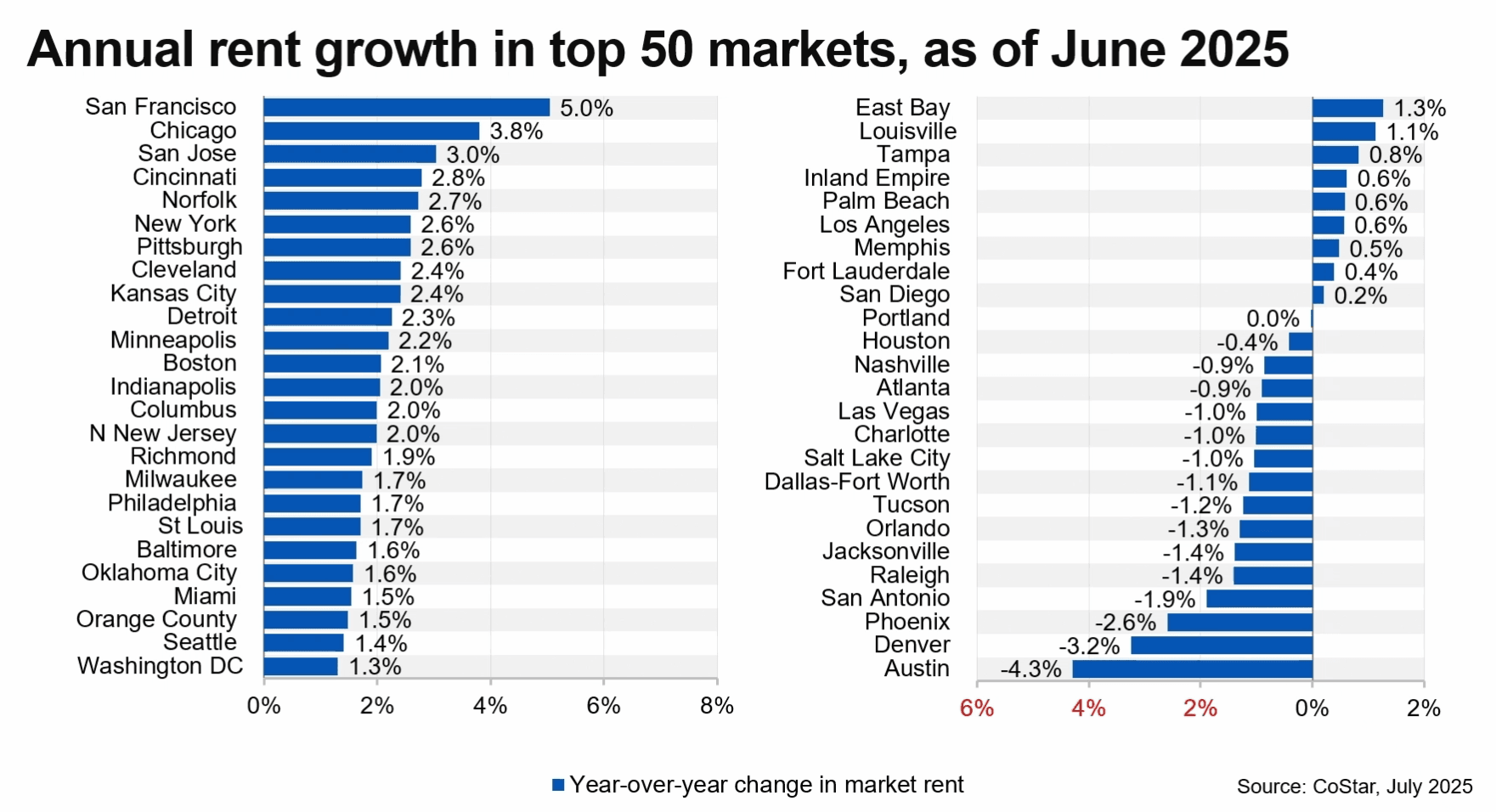getty
One of the major benefits of commercial multifamily investment is that, under IRS rules, property owners and investors are entitled to “depreciate” the value of their asset each year, which reduces the property’s taxable income and the associated tax liability. Consequently, property owners have a strong incentive to maximize the amount of depreciation taken each year, and one of the ways they do this is through a strategy known as cost segregation.
To understand what it is and how it works, it is first necessary to start with the core concept of depreciation itself.
What Is Depreciation?
A multifamily property is a physical asset, which means that its condition degrades over time. Air handling units break, kitchens go out of date and roofs erode. Each of these things (and many others) represents a reduction in the property’s value because there is a cost associated with repairing these items over time. The accounting concept used to address this is called depreciation.
To address the physical deterioration of the property, IRS rules allow multifamily owners to expense a portion of the property’s value each year. This expense appears as a line item on the property’s profit and loss statement and serves to reduce taxable income. As a non-cash expense, depreciation reduces the property’s taxable income but not the cash available for distribution.
For example, assume that Property A has $250,000 in income and $100,000 in expenses, not including any depreciation. The resulting net operating income (NOI) is $150,000. Next, assume that Property B has $250,000 in income and $125,000 in expenses, which includes $25,000 in depreciation. The resulting NOI is $125,000. If we assume a tax rate of 25%, taking depreciation results in a tax savings of $6,250 in one year. Imagine that compounded over a multiyear investment holding period.
How Is Allowable Depreciation Calculated?
The amount of depreciation that can be taken each year is governed by IRS rules, which state that a property owner can depreciate the value of their multifamily asset over 30 years if they elect to fully deduct business interest, or 27.5 years if they elect to abide by limits on interest deductibility. So, if a property is worth $1 million, the owner can take either $33,333 ($1 million/30 years) or $36,363 ($1 million/27.5 years) in depreciation annually.
Again, because depreciation reduces a property’s tax liability, owners are highly incentivized to maximize the amount taken each year. This is where cost segregation comes into play.
What Is Cost Segregation?
To understand how a cost segregation study works, consider the same property with a value of $1 million. When an outside expert performs a study by reviewing the property to determine what can be depreciated and when they can divide the property value into buckets:
• Personal property (1): $100,000 with a depreciation period of five years, providing $20,000 in depreciation expense annually.
• Personal property (2): $150,000 with a depreciation period of seven years, providing $21,428 in depreciation expense annually.
• Land improvements: $200,000 with a depreciation period of 15 years, providing $13,333 in depreciation expense annually.
Using the cost segregation strategy, the owner can increase their allowable depreciation from roughly $35,000 to $55,000. This results in significant additional tax savings over the multiyear investment period.
It should be noted that the above is an example for educational purposes only. An actual cost segregation study is performed by a third party expert with the required qualifications and expertise in their field.
Summary
The bottom line is that depreciation is a powerful tax benefit of multifamily investment, so property owners are incentivized to take as much as the law allows in a given year. One of the ways this is done is by performing a cost segregation study, which is an assessment of a property and a “segmentation” of its components into different buckets that can be depreciated at an accelerated rate. The result is additional allowable depreciation and a maximization of the tax savings annually. We use this strategy in all our investments and encourage our students to do the same.
Source: Leveraging Depreciation As A Multifamily Investment Tax Benefit
Receive Market Insights
Periodic analysis on rents, pricing, cap rates, and transaction activity across Chicago and key suburban markets.



